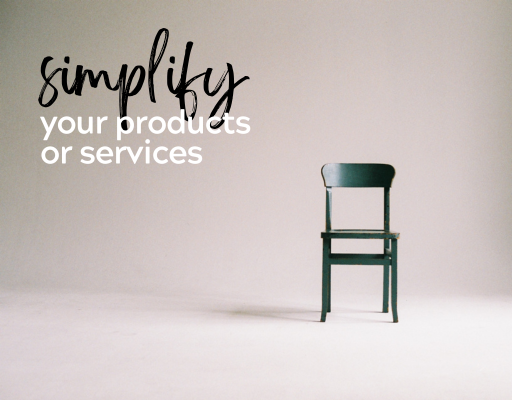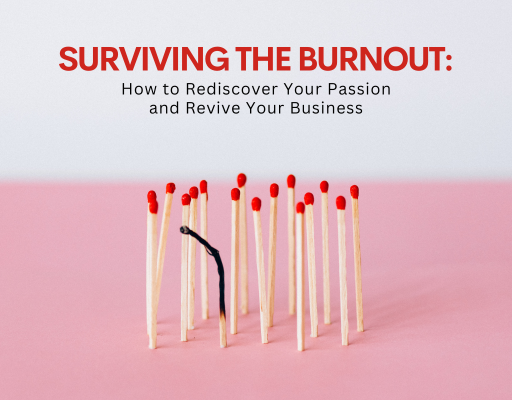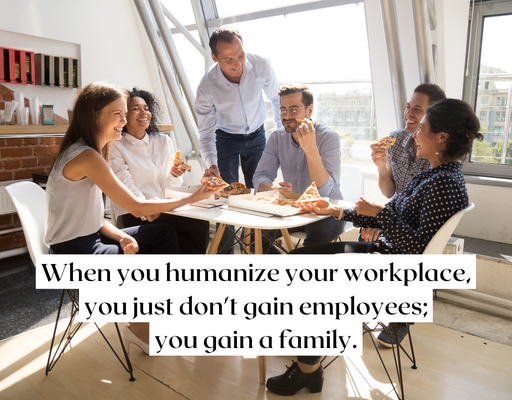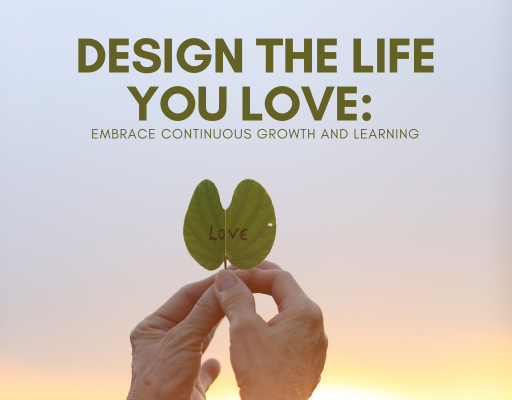In a world obsessed with speed, efficiency, and an insatiable desire for more, minimalism offers a refreshing perspective. Popularly associated with pared-down living spaces and capsule wardrobes, minimalism is much more than an aesthetic trend. It’s a philosophy that advocates for ‘less is more’, leading to greater focus, clarity, and efficiency. Applied correctly, minimalism can transform the way we conduct business, fostering leaner operations, clearer strategies, and improved profitability. So, let’s delve into the art of simplifying your business for greater focus and growth.

Minimalism and Business
Minimalism is a philosophy that encourages a focus on the essential elements and shedding excess. In a business context, it’s about doing less but doing it better. It is about focusing on your core competencies, key goals, and the most valuable tasks, letting go of distractions or inefficiencies that prevent you from reaching your potential.
The Benefits of Business Minimalism
Embracing minimalism allows businesses to zero in on what truly matters. It fosters clarity and focus, allowing for easier decision-making and greater efficiency. It can lead to cost savings by eliminating non-value-adding activities, reducing waste and redundancies. Additionally, it promotes a healthier work culture by preventing burnout, enhancing team alignment, and improving overall satisfaction.
Tips to Embrace Minimalism in Your Business
1. Start with Your Vision and Goals
Your business vision and goals are the guiding principles for any form of minimalism. Revisit them and eliminate any tasks, projects, or services that don’t directly contribute to these objectives. This process helps you weed out any distractions that prevent you from maintaining a laser-like focus on your core business objectives.
2. Simplify Your Products or Services
Consider the variety of products or services you offer. Are they all equally profitable? Do they all align with your core competencies? If not, it might be time to cut back and focus on what truly works for your business. Refining your offerings not only reduces complexity but also allows you to deliver higher quality, thereby increasing customer satisfaction and loyalty.

3. Automate and Delegate
Part of embracing minimalism is to get rid of repetitive and mundane tasks that take up your valuable time. Automation tools can handle tasks such as invoice processing, email marketing, and social media posts. Delegating tasks to other team members or outsourcing can also help free up time, allowing you to focus on strategic initiatives that drive growth.
4. Clean Up Your Digital Space
A cluttered digital environment can be as stressful as a physical one. Streamline your digital assets such as files, emails, apps, and software. Use cloud storage for easy access and better organization, unsubscribe from unnecessary newsletters, and delete or archive old files. Adopt tools that can integrate various aspects of your business, like project management, communication, and finance, to reduce the need for multiple apps.
5. Restructure Your Calendar
Managing your time effectively is a critical part of business minimalism. Simplify your calendar by allocating specific days for meetings, preferably one or two days per week. This leaves the remaining days for focused work, allowing you to be more productive. Similarly, consider time blocking – dedicating specific time slots to individual tasks or types of work. This approach minimizes distractions and promotes deep work.

6. Promote a Minimalist Culture
Foster a work culture that values quality over quantity. Encourage your team to focus on one task at a time for better productivity, discourage unnecessary meetings, and foster open communication to reduce the need for endless email threads.
7. Re-evaluate Regularly
Minimalism is not a one-time effort. Make it a habit to regularly re-evaluate your business processes, tasks, and goals to see if they align with your minimalist approach. This will help you maintain focus and continually refine your business for better growth and profitability.
The Minimalist Business – A Case Study
Let’s consider the example of Apple, a company known for its minimalist design philosophy. Steve Jobs famously said, “Deciding what not to do is as important as deciding what to do.” This mantra was not just confined to product design, but also applied to the company’s strategy, operations, and marketing.
Jobs’s return to Apple in 1997 brought the company back from the brink of bankruptcy. One of his first orders of business was a dramatic product line cutback. From dozens of product variations, Jobs pared down the product list to just a handful. This bold minimalist move allowed the company to focus on creating high-quality, revolutionary products like the iMac, iPod, iPhone, and iPad. Each product, while simplistic in design, offered a superior user experience, emphasizing the minimalist philosophy of quality over quantity. This approach helped Apple to stand out in a crowded market and grow into the tech giant it is today.
Embracing minimalism in business may initially seem counterintuitive, especially in a world that often equates more with better. However, as the Apple story and countless others show, focusing on less can indeed lead to more – more clarity, more efficiency, and more growth.
Remember, the goal of business minimalism isn’t about mindless reduction, but strategic elimination and focus. It’s about stripping away the excess to reveal the core of your business – the heart of what you do and why you do it. By doing less, you create room to do what truly matters better, thereby achieving greater focus, delivering higher value, and ultimately driving sustainable business growth.
Next Steps
If the idea of embracing minimalism in your business resonates with you and you’d like guidance and accountability in simplifying your business and creating a life and business you absolutely love, contact me for more details about my Grow by Subtraction Accelerator. As with all journeys, the first step might be the hardest, but the rewards you’ll reap from a minimalist approach to business are worth it. Embrace the art of simplicity. Your business might just thank you for it.

















